Bass players often find themselves at the butt-end of tongue-in-cheek jokes about “those who can’t play guitar, play bass,” and as it turns out, not even Beatles bassist Paul McCartney was immune to feeling like his bandmates relegated him to the low-end instrument, not promoted him to it. (As a bassist myself, I’m not saying I agree with this universal running joke about bass…but in that same breath, I do find it hilarious.)
Videos by American Songwriter
Writer disclaimers aside, there were many reasons McCartney made his transition to bass, one of which was Stu Sutcliffe’s departure from the band in 1961. But one could argue the seed was planted years earlier at McCartney’s first gig with the Quarrymen on October 18, 1957.
A Chance Saturday Outing Turned Into A Full-Time Gig
Paul McCartney’s first encounter with the Quarrymen, fronted by John Lennon, took place in July 1957. McCartney and friend, Ivan Vaughan, went to the Woolton Village Fête together to watch a skiffle band perform. The teenage musicians played a half-improvised version of the Del-Vikings’ “Come Go With Me,” with Lennon ad-libbing blues lines in between the recognizable refrain. “I thought that was good, and he was singing well,” McCartney recalled in Anthology.
Sometime after the band’s first set, McCartney found himself backstage. Trying to impress the older teenagers, Lennon included, he drank some beer and eventually sat down at the piano. McCartney grabbed the musicians’ attention with Little Richard covers before taking a guitar and playing “Twenty Flight Rock” upside down. The feat impressed the Quarrymen so much they later asked McCartney to join.
The future Beatle was biking around Woolton when he ran into Pete Shotten, one of the Quarrymen. “He said, ‘Hey, Paul, it was good the other day, and we’ve been having a talk. Would you like to join the group?’ I said, ‘I’ll have to think about it.’ But I was quite excited by the offer. I agreed to join.”
The Solo That Put Paul McCartney On Bass In The Beatles
Leading up to Paul McCartney’s first gig with the Quarrymen, the group was rehearsing “Guitar Boogie” by Arthur Smith and His Cracker-Jacks. “I was given a guitar solo,” he said. “I could play it easily in rehearsal, so they elected that I should do it as my solo. Things were going fine. But when the moment came in the performance, I got sticky fingers. I thought, ‘What am I doing here?’ I was just too frightened.”
“It was too big a moment with everyone looking at the guitar player,” he continued. “I couldn’t do it. That’s why George [Harrison] was brought in.” Harrison’s experience wasn’t much different than McCartney’s. “George could play “Raunchy” so well it really sounded like the record. We were all on the top of an empty bus one night, and I said, ‘Go on, George.’ He got his guitar out and sugar enough he could play it. Everyone agreed, ‘You’re in. You’ve done it.’”
Harrison quickly earned his position as the band’s lead guitarist with the exception of a few Chuck Berry-style solos from John Lennon. Paul McCartney continued to play rhythm guitar in the earliest incarnations of the Beatles until bassist Stu Sutcliffe’s departure in 1961. After Sutcliffe left, McCartney took up the position he would become internationally famous for just a few years later.
Photo by Michael Ochs Archive/Getty Images

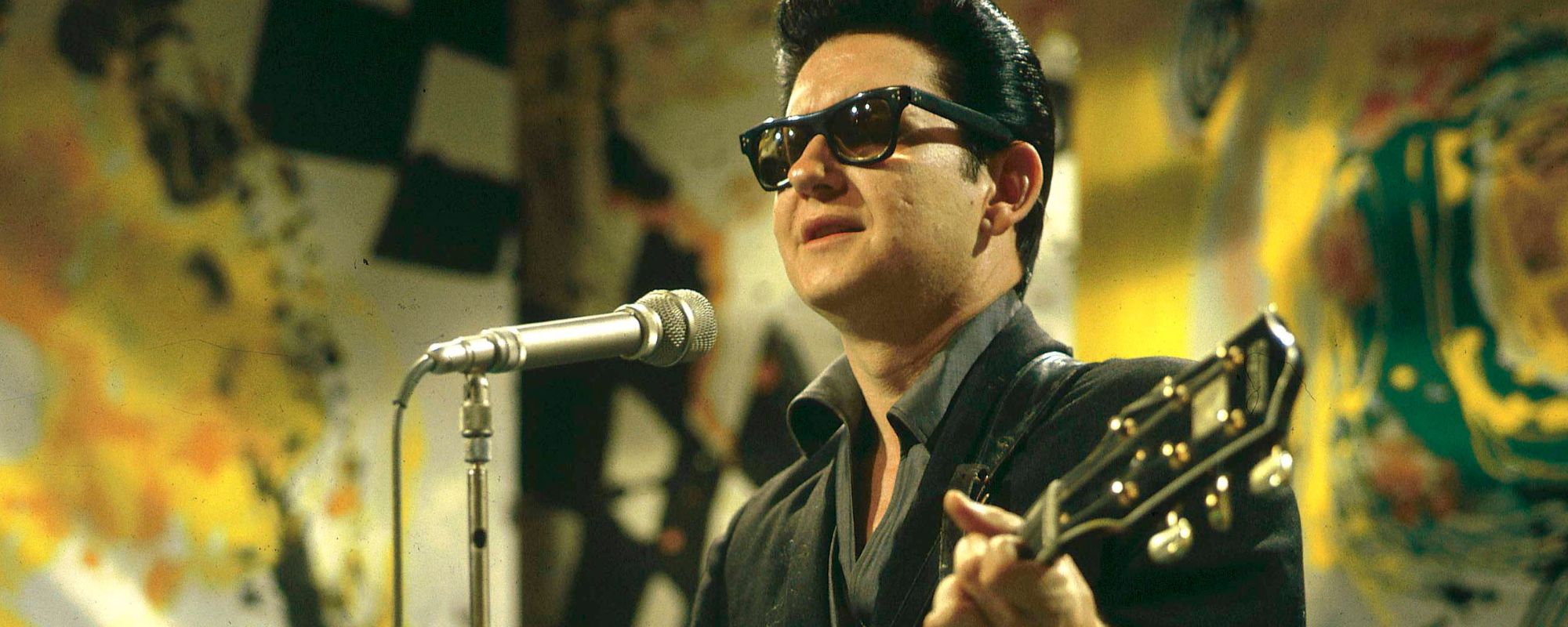

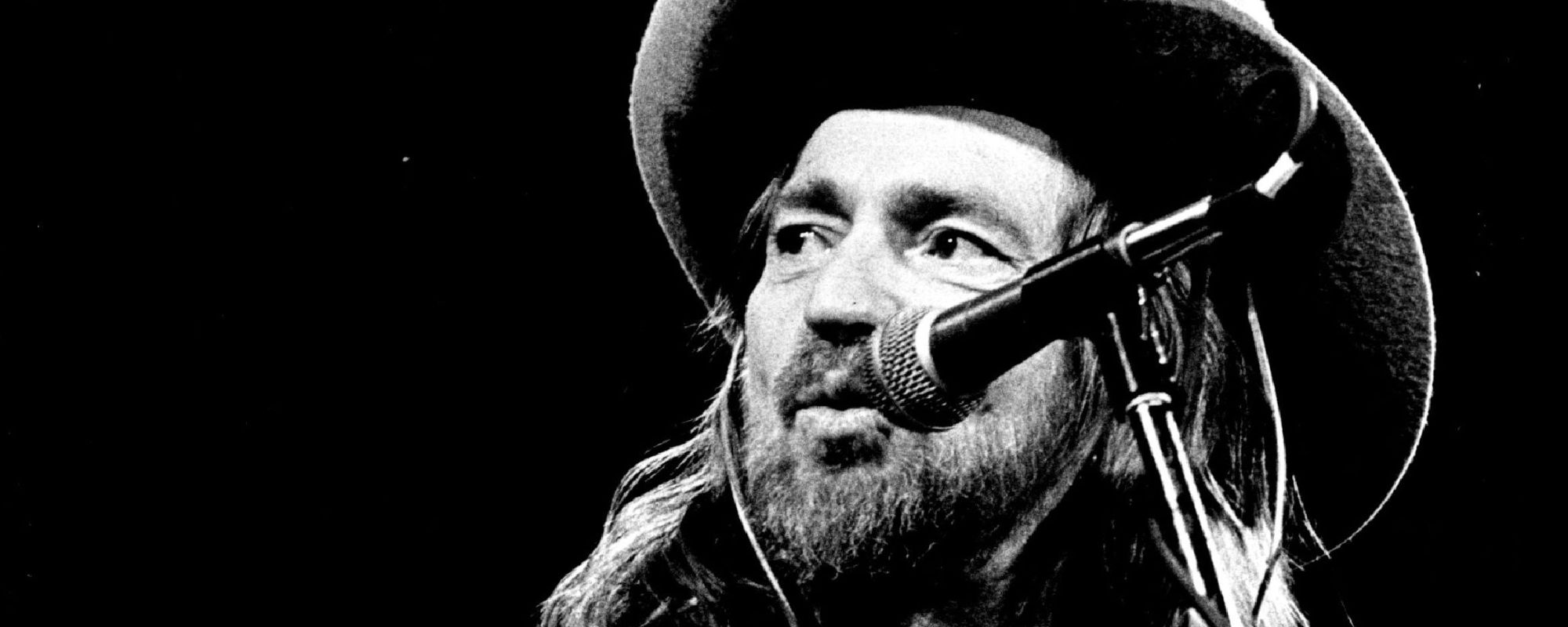
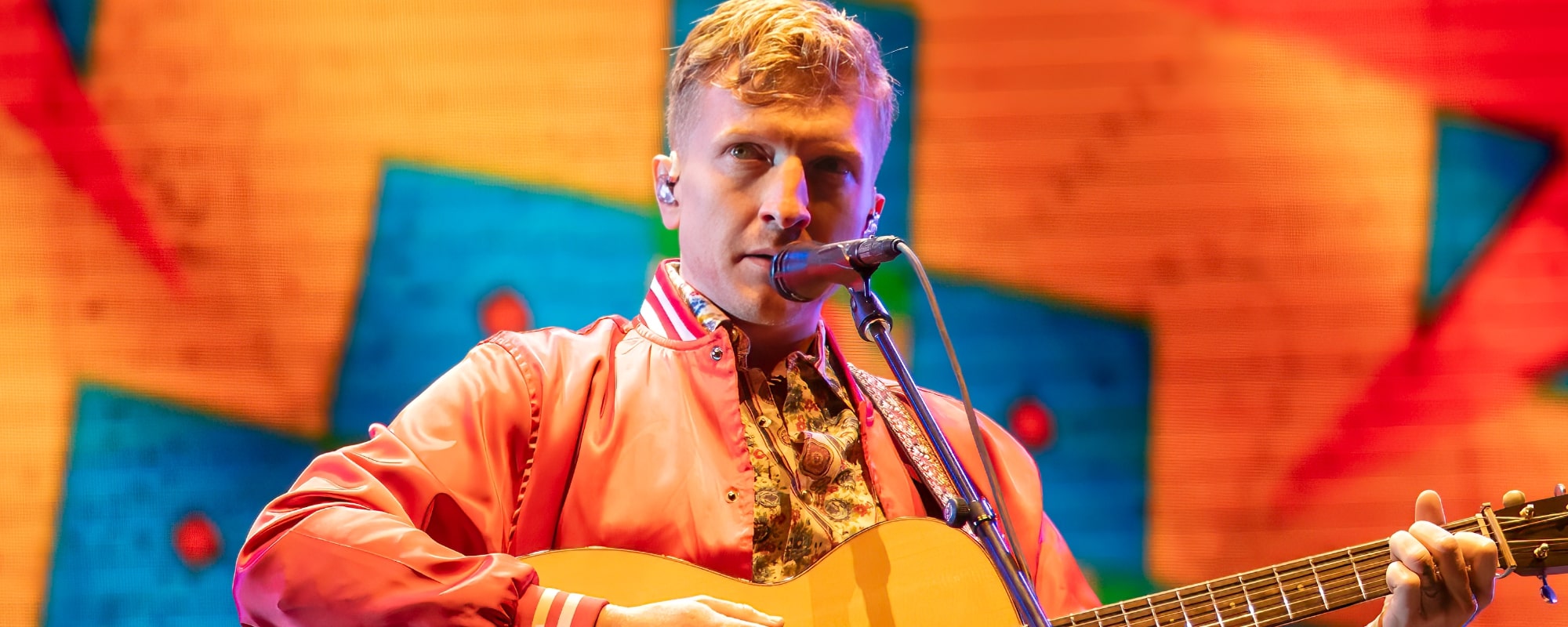
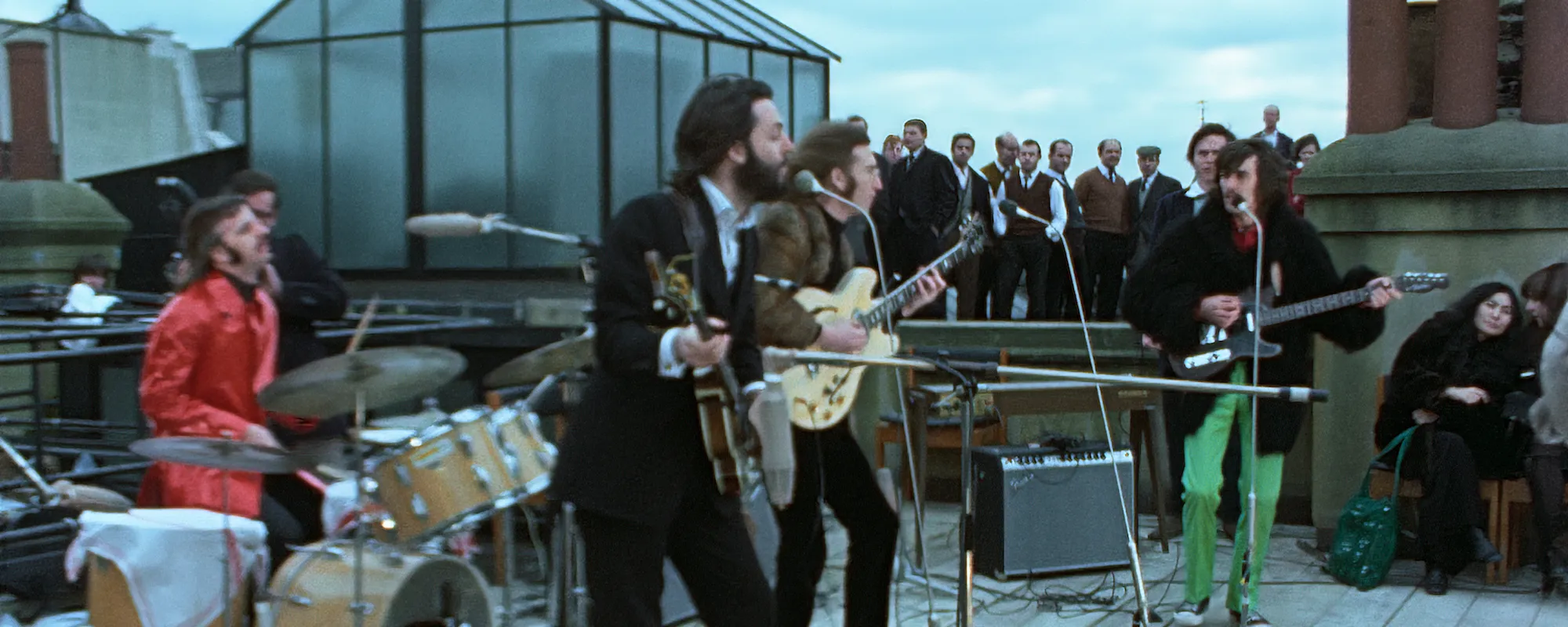
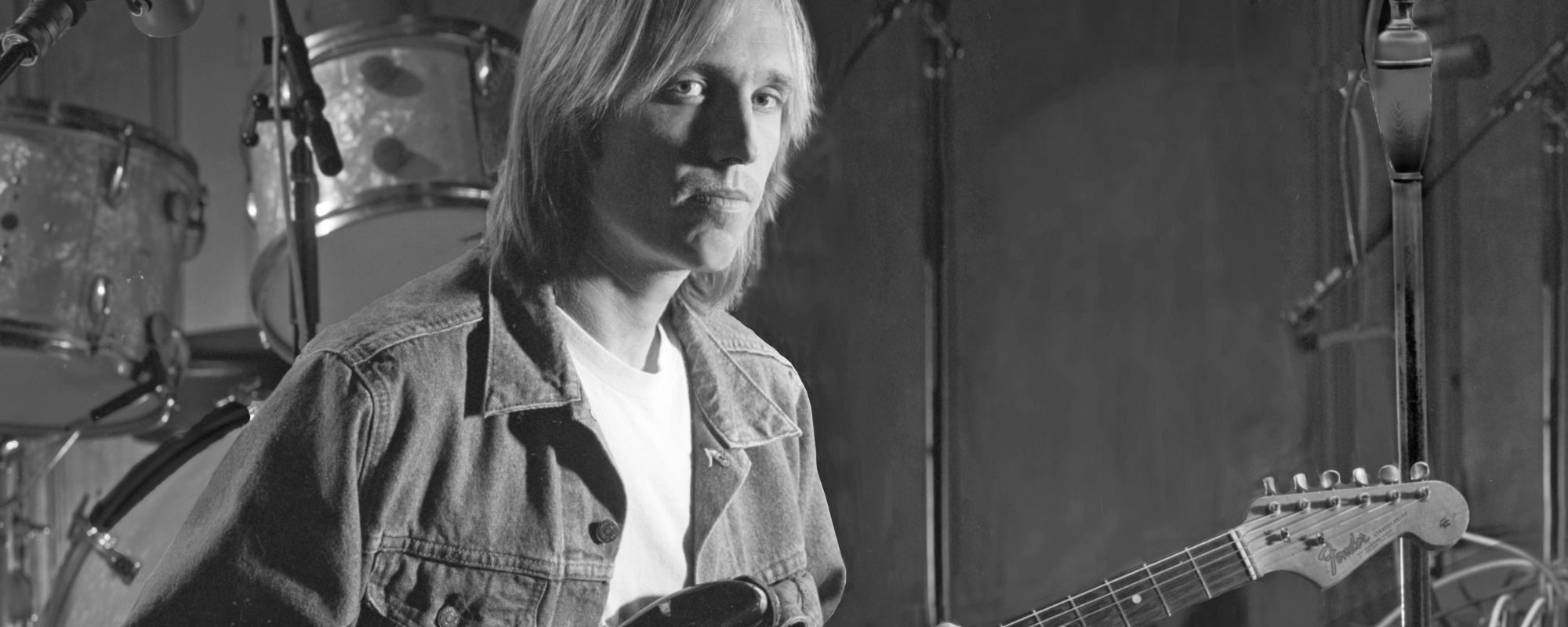
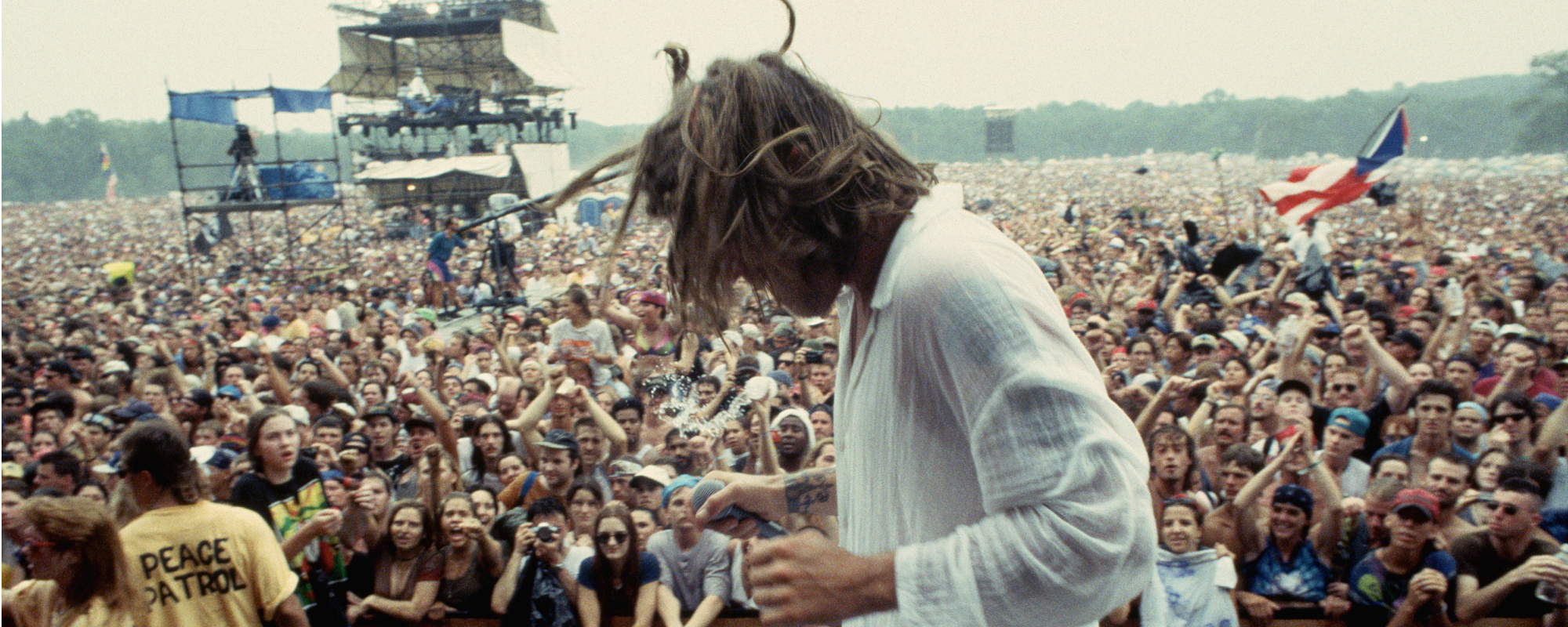


Leave a Reply
Only members can comment. Become a member. Already a member? Log in.